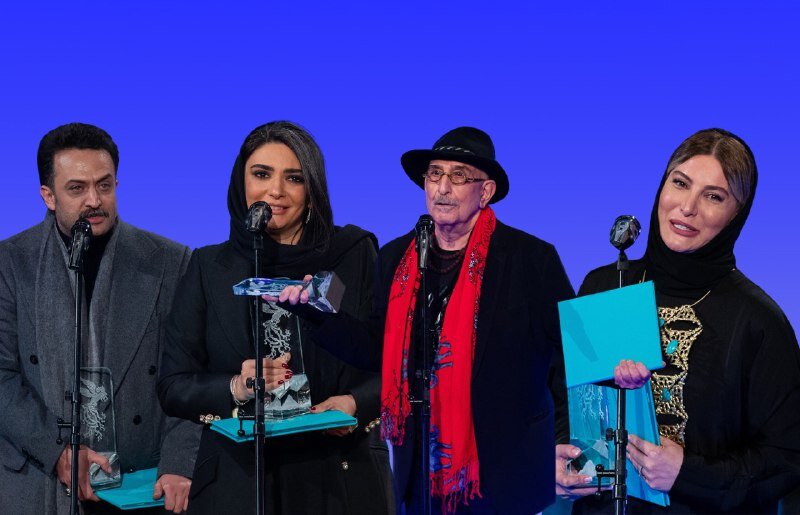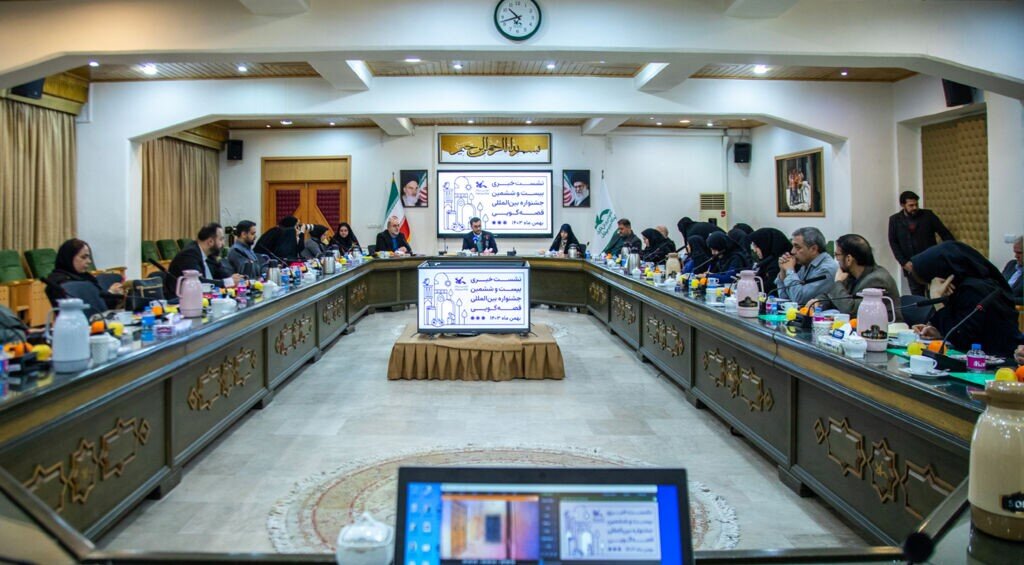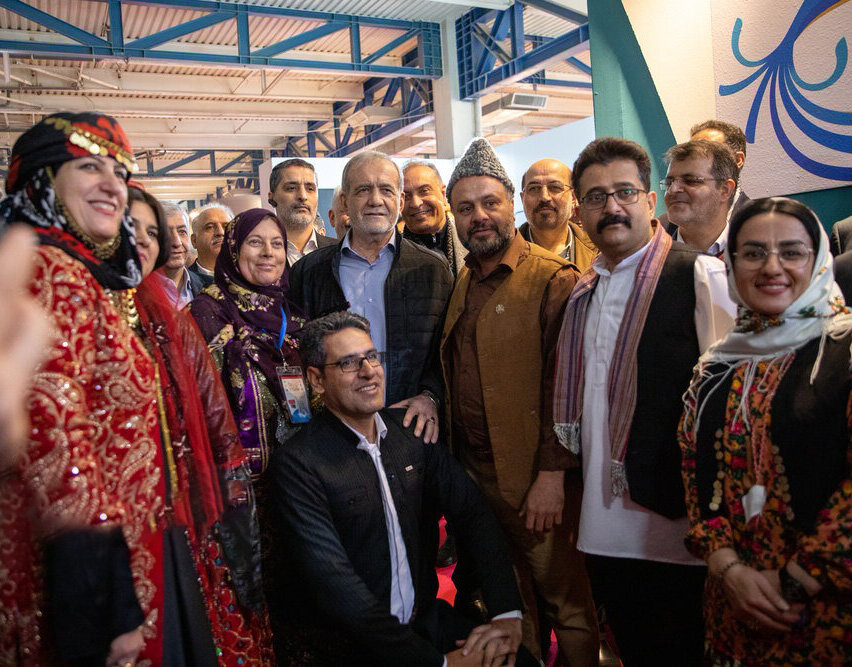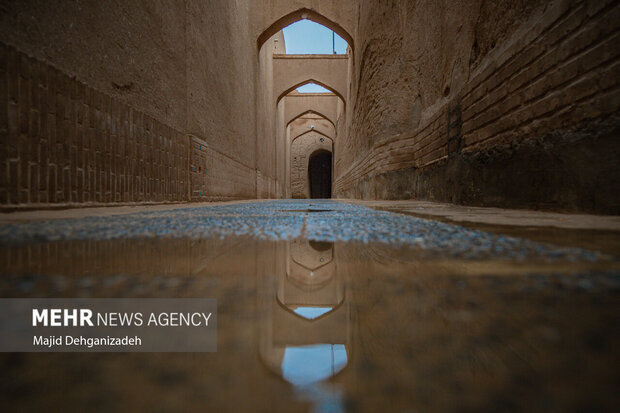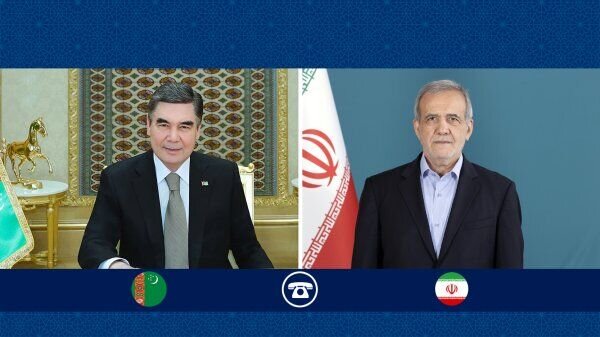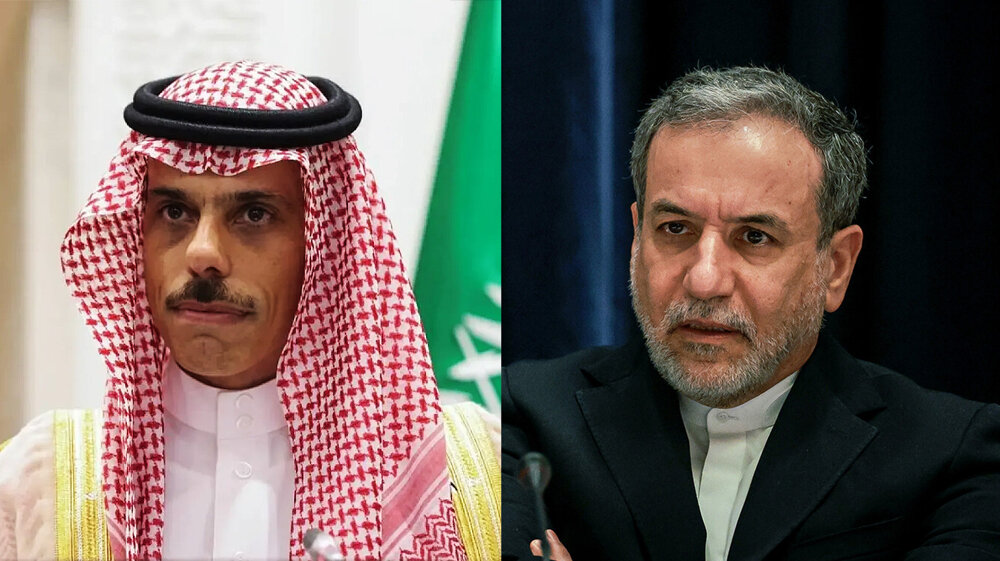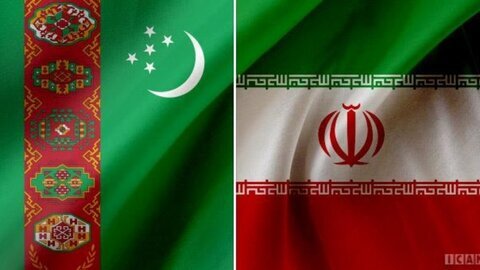
TEHRAN Iran needs around $4.0 billion in moneying to develop its maritime fleet, a senior official at the Industrial Development and Renovation Organization (IDRO) stated, adding that settlements are underway to produce specialized steel for shipbuilding.Mohammad Esmaeili, head of IDROs Marine Industries Department, specified that fulfilling all of Irans fleet growth requirements would need a financial investment of $3.0 billion to $4.0 billion over a 10-year duration to completely make use of domestic capabilities.
So far, no funds have actually been assigned by the government for this sector, Esmaeili stated.
IDRO has actually drafted the monetary model for the plan and is in talks with the Planning and Budget Organization to secure the required resources.
He included that designating these funds could produce between 36,000 and 37,000 direct and indirect jobs, including positions at shipbuilding backyards and onboard vessels.Regarding the domestic shipbuilding markets abilities and the effect of sanctions, Esmaeili kept in mind that no shipyard declares to source all ship components domestically.
He highlighted the need to enhance and incorporate Irans shipbuilding supply chain.
For circumstances, we are working out with a local company to start producing the specialized marine-grade steel needed for shipbuilding, he said.Esmaeili highlighted that the modernization and advancement of Irans fleet require government-backed funding tailored to the maritime industry.
One key aspect of the strategy involves consolidating demand and working together with regional manufacturers.Currently, locally produced parts comprise about 30 percent of Iranian vessels.
For smaller sized vessels, this figure rises to 50-60 percent.
The strategy aims to increase the domestic production share of some equipment to 70-90 percent and propulsion systems to 50 percent.According to the authorities, the initiative would offer long-term employment, improve cargo transportation capability, and assist Iran reclaim its lost market share in worldwide shipping, particularly in bunkering and fuel supply.
It would likewise boost the countrys fishing industry, increase domestic production depth, and assist in innovation transfer.Irans maritime fleet consists of business, service, tourist, and fishing vessels, with almost 1,000 Iranian-flagged ships.Esmaeili noted that Iran operates around 200 industrial vessels transporting exports and imports, consisting of oil and important goods.
Due to sanctions, Iranian companies have struggled to upgrade their fleets, frequently required to buy vessels at inflated costs or lease them at high costs.
If the fleet is not updated, serious obstacles in oil exports and goods imports will arise, resulting in capital outflows, he warned.Regarding service vessels, he said about 130 ships support Irans offshore oil and gas platforms in the Persian Gulf and the Sea of Oman.
A number of these vessels are aging and no longer economically viable.
Without modernization, Iran could deal with considerable operational difficulties in keeping offshore platforms, specifically under sanctions.To achieve the federal governments target of 1.8 million tons of fishery output by the end of the Seventh Development Plan, financial support is required to update the fishing fleet.
A lot of Irans wood and metal fishing boats are outdated, and the country stays weak in deep-sea fishing operations.Esmaeili likewise stressed the requirement to establish maritime tourist by updating guest vessels connecting Irans islands.
Most of these vessels are old and do not have contemporary technology, he stated.
Fleet modernization is important for advancing Irans tourist and fishing markets.
EF/MA

 6
6







